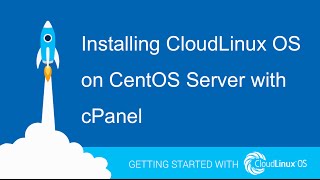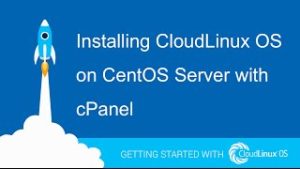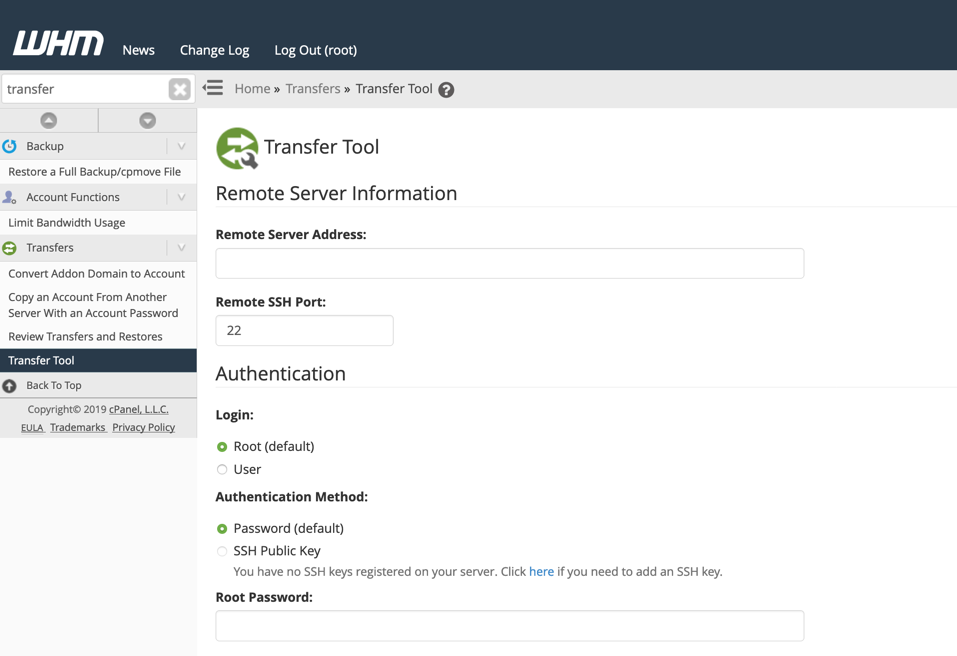How to Install CloudLinux on CentOS 7
If you offer hosting to clients, then you may want to check out CloudLinux. Specialized for shared hosting environments, CloudLinux bills itself as Linux for data centers and hosting providers. Features include rebootless upgrades, a more secure kernel, and PaaS features for hosting Dockerized applications.
It is also well supported. If you’d like all the benefits that Linux has to offer but would rather not pour through documentation and third party support, CloudLinux may be just what you’re looking for. Not only is the support top-notch, but it is also unlimited, eliminating the need to worry about per-incident pricing or tiered availability.
Converting to CloudLinux
It is easy to switch server from CentOS 5.x, 6.x or 7.x to CloudLinux as it is interchangeable with CentOS. The CloudLinux OS installation process takes a few minutes and replaces a handful of RPMs. Before the conversion of your CentOS server to CloudLinux, you must have an activation key. The activation key can be either obtained by trial subscription or by purchasing subscription. Follow the steps below to receive a trial activation key.
1) Go to https://cln.cloudlinux.com/clweb/register.html and register with CloudLinux Network.
2) You will receive an email with activation link.
3) Login at: https://cln.cloudlinux.com/clweb/login.html
4) Click on Get Trial Activation Key.
You will get a key that looks like: 17514-d34463a172feio4f4e7b191a1841bcf2
Getting Started Installing CloudLinux on CentOS 7
CloudLinux is a commercial addon for popular Linux distributions. While it modifies many fundamental aspects of the operating system, it expects that you’ve already got a Linux installation up and running.
After obtaining CloudLinux activation key, download the script for CloudLinux installation and execute it. Please note that you must have root level access to your server to perform the steps below.
1) Connect to your server via SSH as root user.
2) Download the CloudLinux installation script: cldeploy. Enter the following command on your server shell or terminal.
Tutorial
We’ll start, as usual, by pulling in all available CentOS updates. This critical step should be performed regularly, as CentOS ships security and other fixes as part of its software upgrades.
yum -y update
Now we need to register a CloudLinux user key. Since this is a commercial product, you’ll need to purchase the correct number of keys for your needs. They can be acquired here.
The installer is shipped as a runnable script. We need to fetch the script before it can be executed.
wget https://repo.cloudlinux.com/cloudlinux/sources/cln/cldeploy
Next we run the script we’ve just retrieved.
sh cldeploy -i
Once complete, reboot your server. At this point, the various CloudLinux services will be running, and its kernel modules and modifications will all be active.
reboot
Now run the following command, please remember to remove the symbol ( )
sh cldeploy -k (Your trail license key here)
once done
reboot
If you need any further help please reach our support department.
Conclusion
In just a few minutes, you’ve transformed a clean CentOS 7 installation into a production-ready hosting environment for your organization or clients. CloudLinux is a great way to take your hosting to the next level. If this guide was helpful to you, kindly share it with others who may also be interested.



![How to Install cPanel on CentOS 7 [step-by-step 2021guide]](https://hoganhost.com.ng/blog/wp-content/uploads/2021/01/Install-cPanel-1024x536-1.png)


